Share
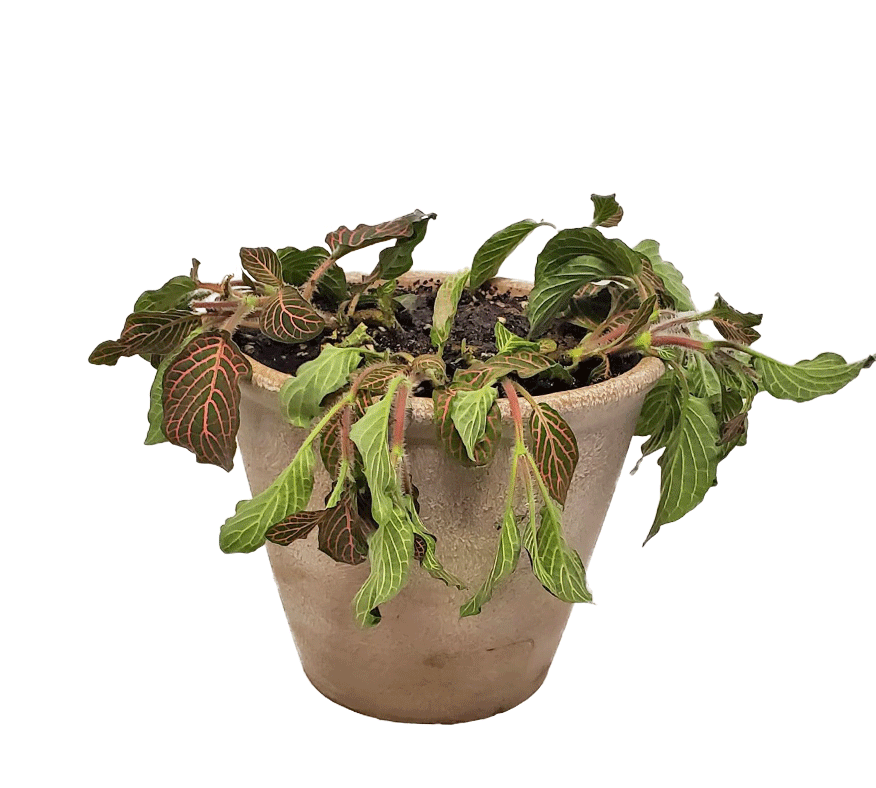
You’re Not You When You’re Thirsty: Why Plants Droop
Have one of those plants that looks like it’s been hit by a truck when all it needs is some water? We know all about these drooping drama queens! Polka Dot Plants, Nerve Plants, and Peace Lilies are some common and especially dramatic offenders who will droop when they’re thirsty. What causes this startling reaction though?
Let’s start with a little plant anatomy in order to better understand the processes at work. Plants have two types of vascular tissue: xylem and phloem. Vascular tissue is the biological tissue that contains vessels that distribute liquids and nutrients around the body. For animals, our vascular tissue is part of our circulatory system, so all the veins, arteries, and capillaries that transport blood from one place to another. For plants, their vascular system is instead focused around water and sap. Xylem is specifically the type of tissue that carries water and nutrients up from the roots throughout the rest of the plant in order to make sure every little bud and leaf is nourished.
Plants don’t have hearts to pump their fluids around though, so they rely on other means to make sure everything stays moving. Water in particular likes to stick to itself, which gives it high surface tension. If you’ve ever overfilled a glass yet the water didn’t spill off the sides because it made a little dome at the very top instead, then you’ve seen this property of water in action firsthand. This makes it really easy for plants to move water around without a dedicated biological pump. If part of the water moves, the rest follows it almost like a chain. Think of a group of kids all holding hands to cross a street. If the kid at the front moves then the whole chain of them walks forward since they’re all linked by their hands. Plants use transpiration, which is the evaporation of water from their leaves, to move the first part of that chain up which in return leads the whole chain of water to move up the plant from the roots thus circulate.
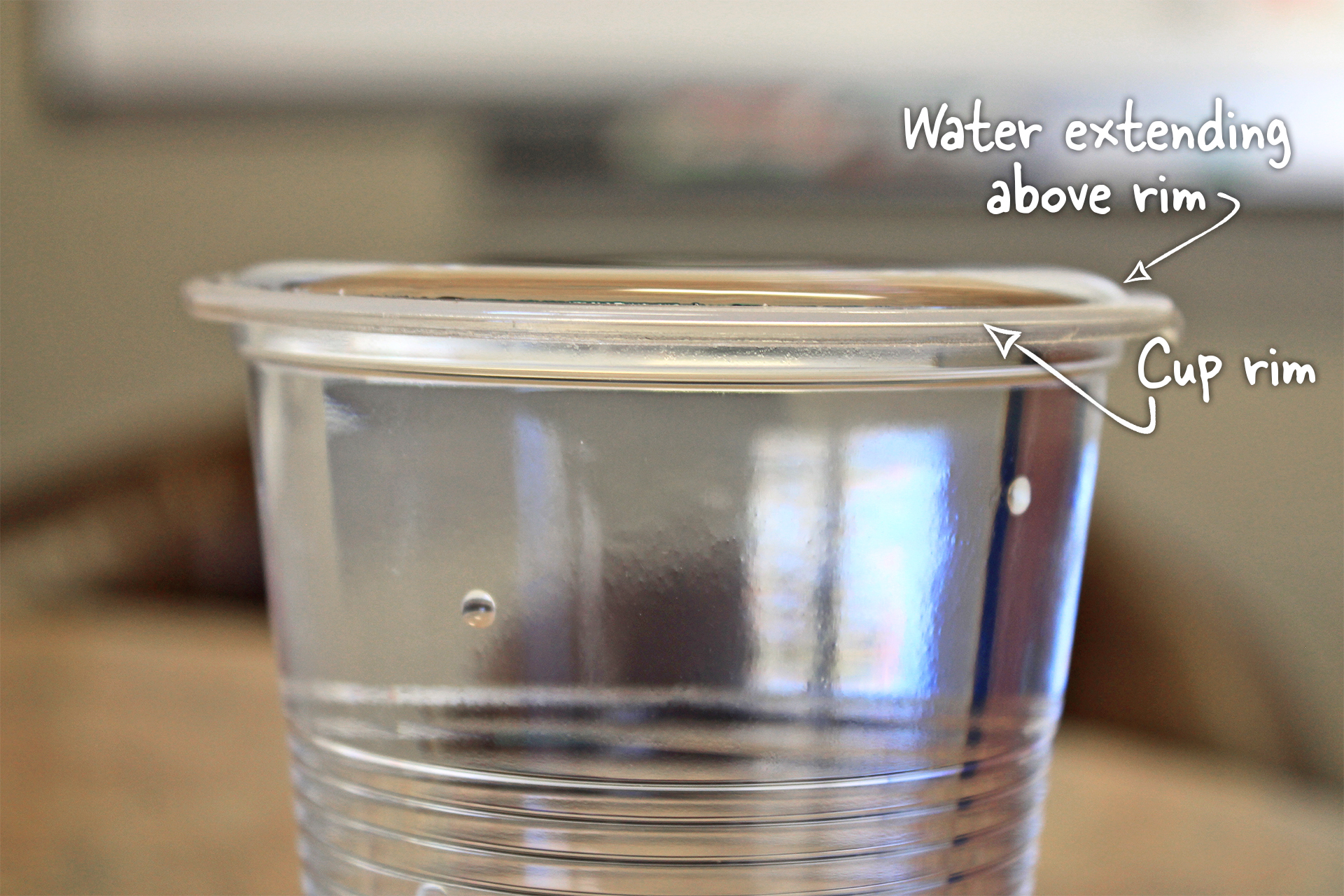
If a plant loses more water through transpiration than it’s taking up from its roots though, these chains start to let go of each other and the pressure inside the plant’s xylem, which is maintained by the water’s surface tension, starts to drop. While animals have things like muscle and bone to keep their bodies upright even if they lose blood, plants don’t have this additional support, so the loss of pressure means things start to go limp, hence their drooping when they’re dehydrated. Giving them a drink means they’re able to soak up the water and get these chains built back up again, increasing their internal pressure and making the plant rigid and upright again. This return to form happens within just a few hours for a little extra drama after all the drooping. Check out the time lapse photos below for two of these notorious divas, and rest assured that though they look rough all they need is a little water to perk them back up!
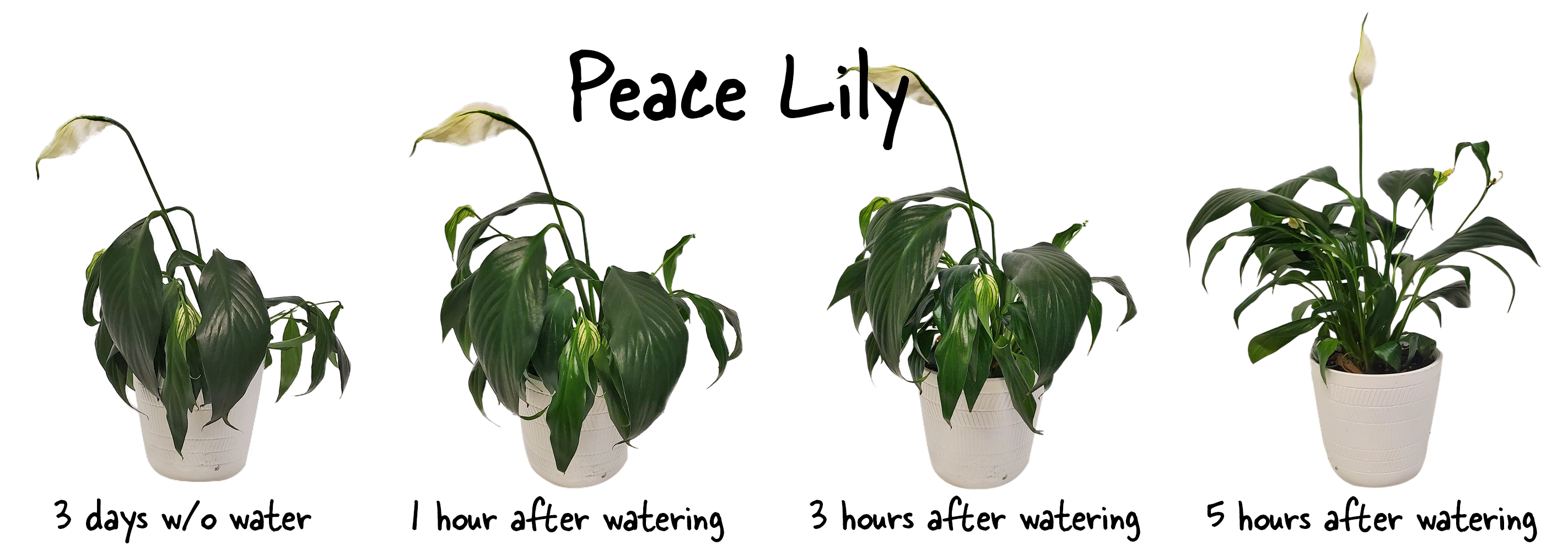
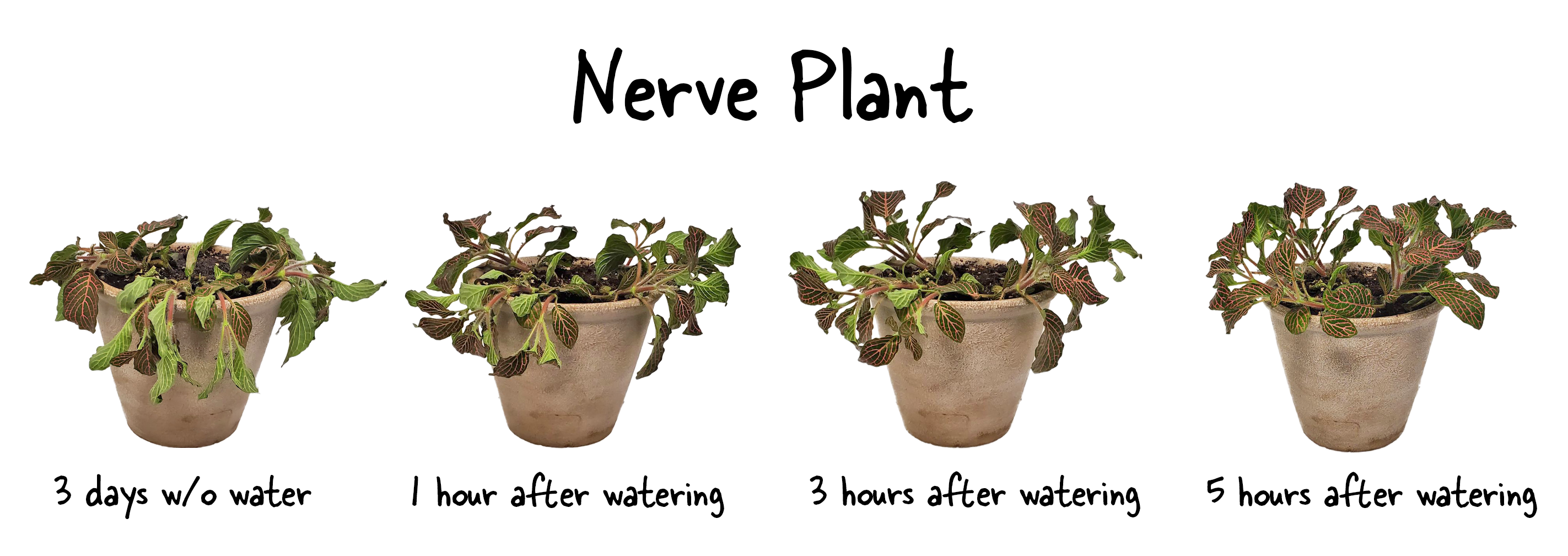
If you have any questions, stop by any one of our three Moana Nursery garden centers or contact us online.
Share
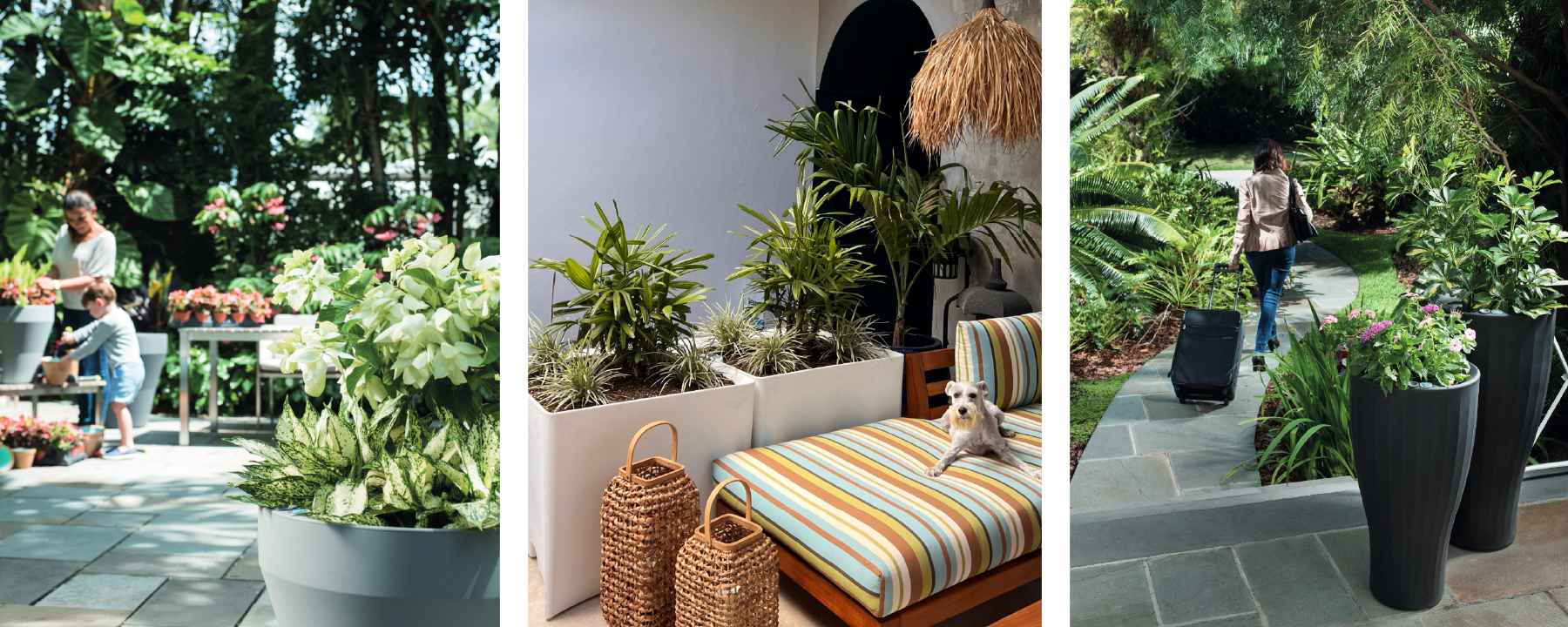
Let's delve into the world of self-watering pots and explore how they're changing the landscape of gardening.
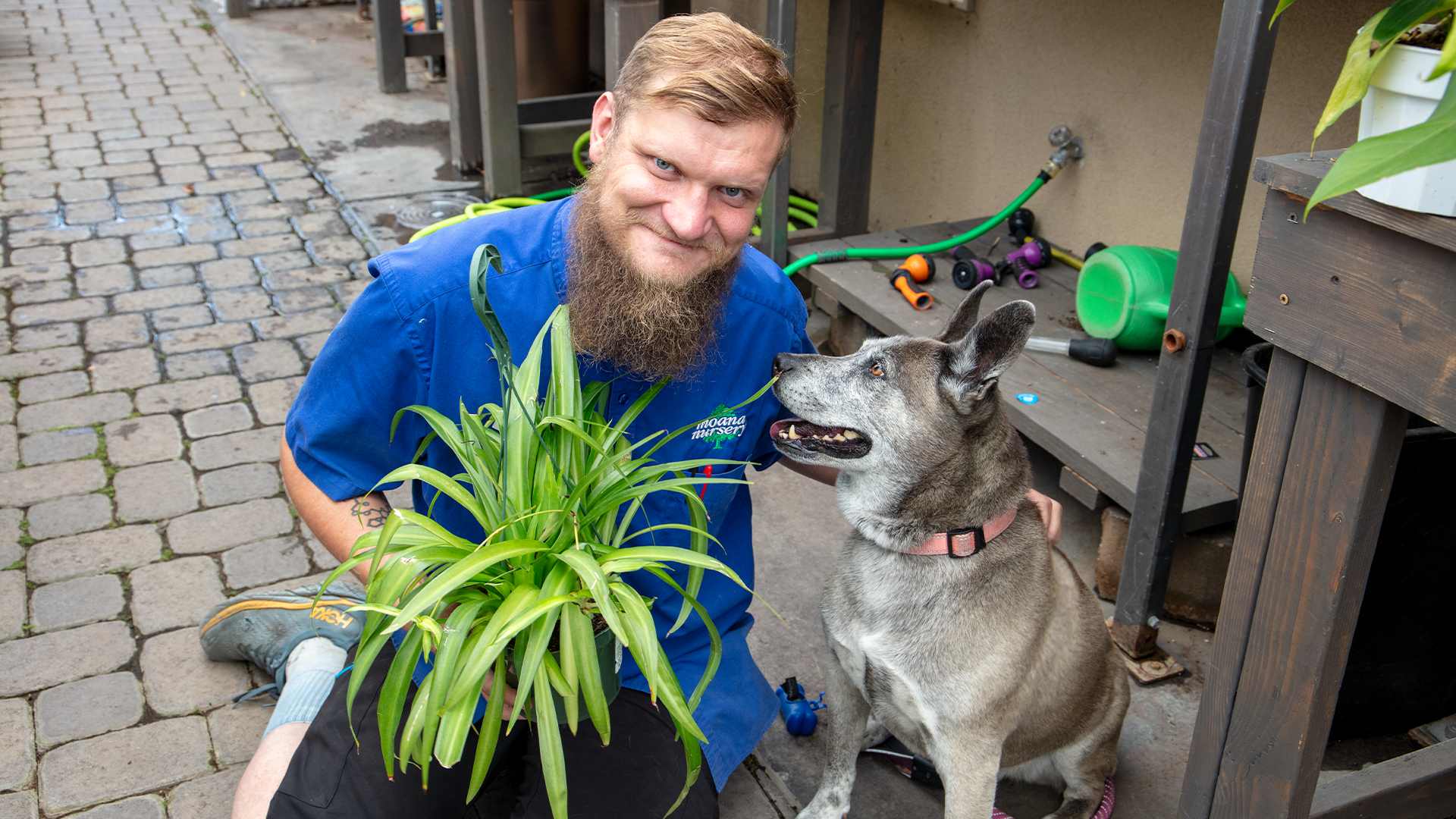
For pet owners, it's crucial to be mindful of the plants they choose, as some can be potentially harmful to our furry friends.
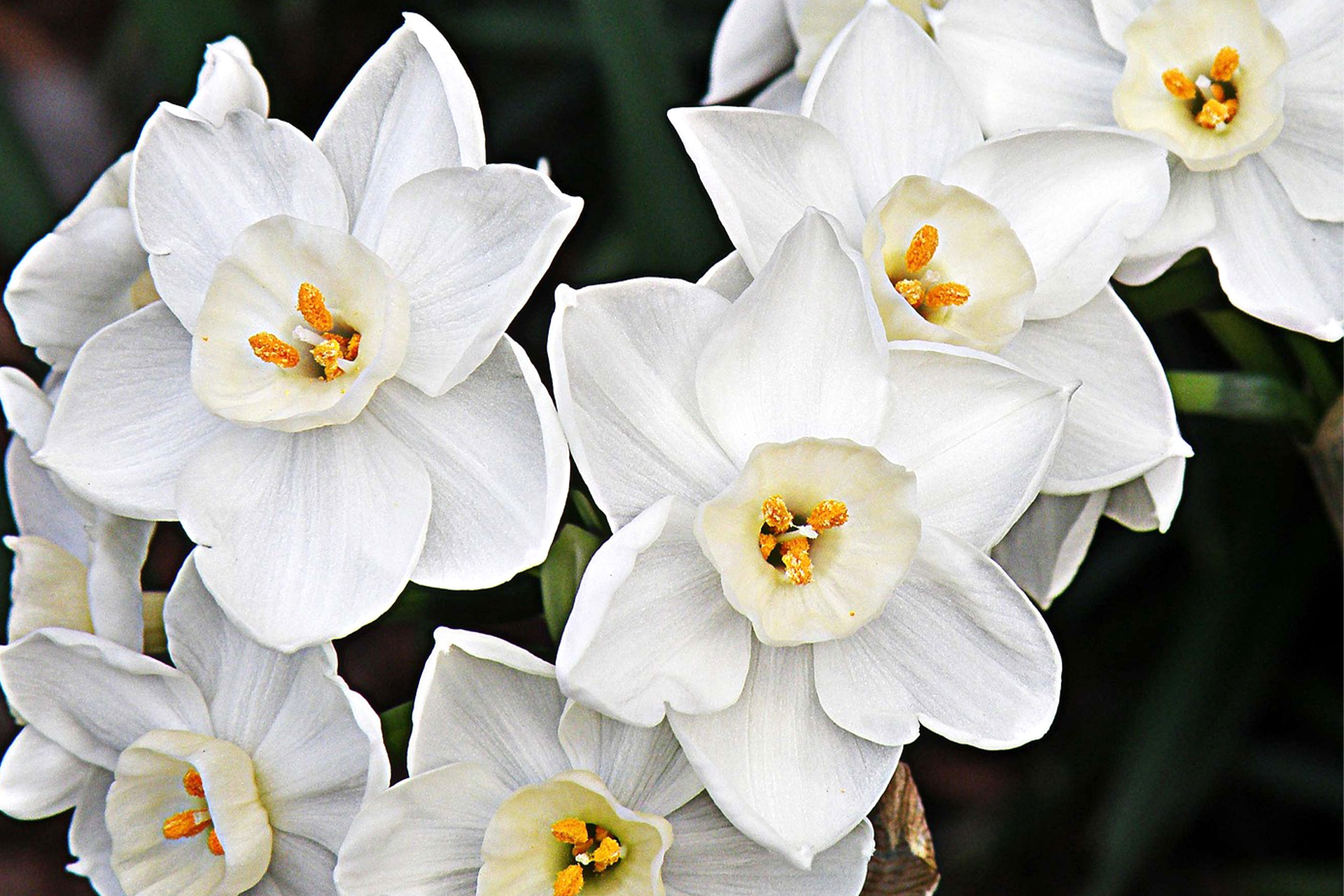
Paperwhites are a striking, easy to care for holiday plant with an interesting origin. Learn more about them and how to grow your own!

Here at Moana Nursery in Reno, NV, the world of succulents comes alive with creativity and beauty! If you're new to the captivating world of succulent arrangements, fear not, for we are here to guide you through the process of crafting your own stunning succulent masterpiece.
